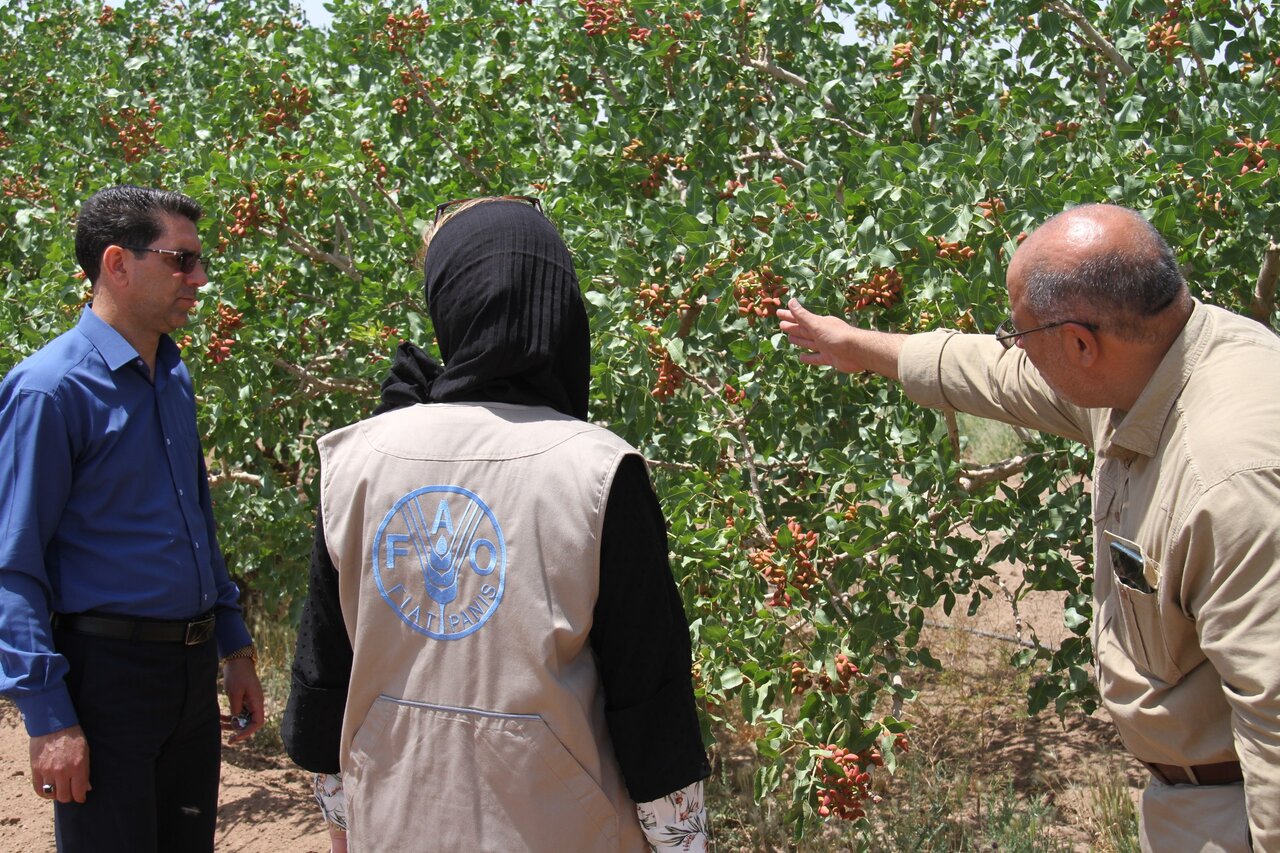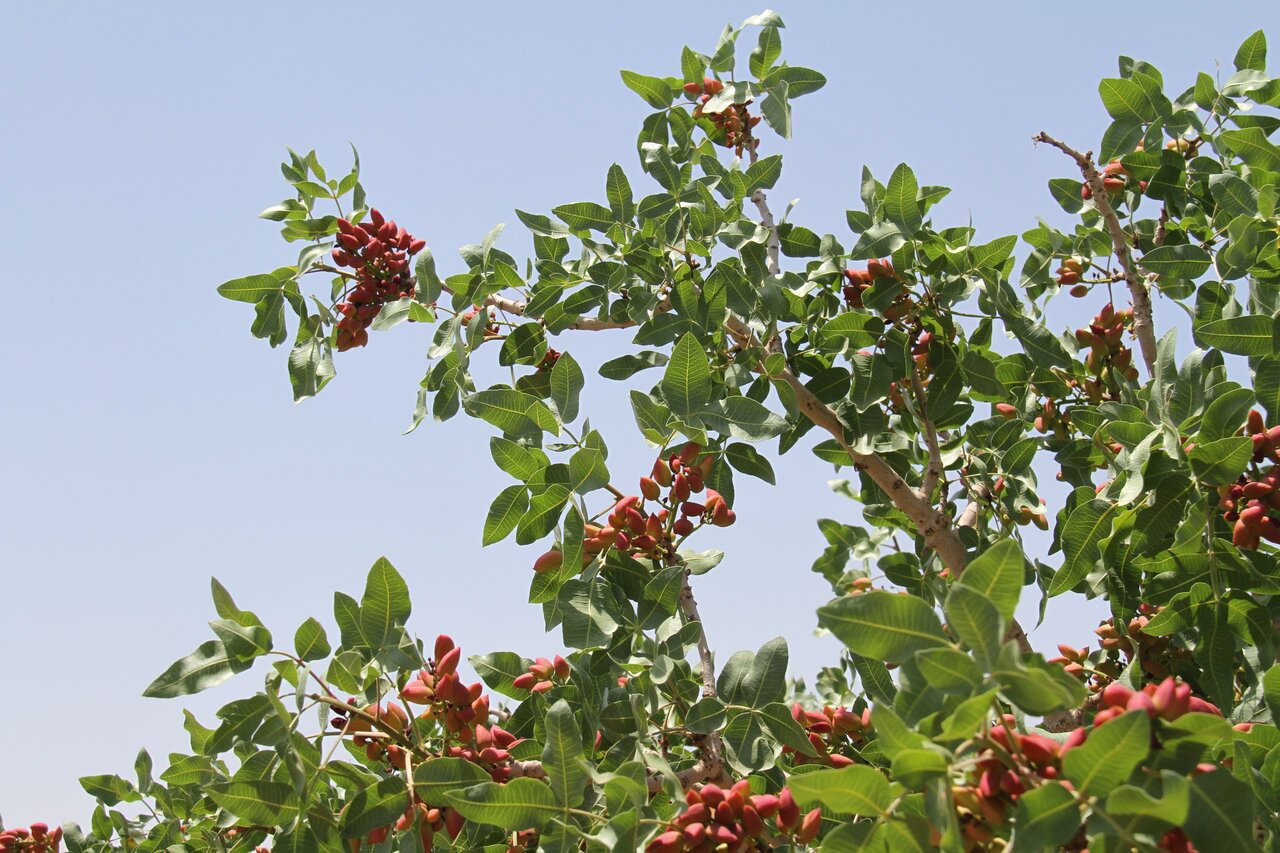FAO intl. expert visits Iran to help boost pistachio competitiveness in global market

KERMAN - As part of its ongoing efforts to strengthen Iranian pistachio export standards, the Food and Agriculture Organization of the United Nations (FAO) has dispatched a technical delegation to Kerman Province to assess and improve sampling and laboratory testing procedures for detecting contaminants in pistachios — one of Iran’s most valuable export commodities.
The three-day mission was conducted under the joint Technical Cooperation Project of FAO and the Ministry of Agriculture Jahad, titled “Improving Pistachio Production and Export through Establishment of Integrated Product Management,” and accompanied by Benoit Glaud, FAO International Consultant for Laboratory Development and Improvement.
The mission aimed to evaluate sampling and analysis methods used in controlling mycotoxin (aflatoxin) levels in pistachios, in line with the EU Regulation 2023/2782, which sets maximum levels for contaminants in food.

The FAO delegation visited Iranian Food and Drug Administration (IFDA) laboratories under the Ministry of Health, private-sector facilities including pistachio processing terminals, and pilot orchards across Kerman and Rafsanjan, as well as the Iranian Pistachio Research Institute (IPRI). During these visits, the team observed and assessed sampling procedures, testing protocols, and quality management systems for pistachios intended for both domestic and international markets.
In addition to assessments, two training workshops were delivered by FAO, one of which was by Benoit Glaud for laboratory staff and traders focusing on the best international practices in sampling, aflatoxin detection, testing result quality controls, and regulatory compliance.
Another event, co-organized with the Pistachio Research Institute, was held for pistachio growers and farmers, extension officers, and experts from Kerman, Rafsanjan, Nough Rafsanjan, and Sirjan. The focus was on Good Agricultural Practices (GAP) covering advanced irrigation techniques, soil and nutrition management, integrated pest management strategies, and improved horticultural practices. The aim was to enhance the practical skills and technical knowledge of stakeholders to support the production of high-quality and safe pistachios.
Through field visits and consultations, the experts evaluated current sampling and analysis methods used by Iranian FDA laboratories, and with the Ministry of Agriculture Jahad identified potential gaps and recommended continuous improvements to keep up with international standards and practices.
The delegation also focused on strengthening regulatory alignment, enhancing laboratory capabilities for mycotoxin detection, and developing a technical action plan.
IFDA laboratories have technical capacities and expertise to provide reliable results for aflatoxins
"At all stages in the pistachio production, processing, packaging, and testing before export, I have met people with a very high level of expertise and understanding of the key points to ensure good pistachio quality for export. I express confidence that IFDA laboratories have the technical capacities and expertise to provide reliable results for aflatoxins and support the export sector. International food safety regulations are always evolving, and it is important to keep updated with the latest quality control procedures to deliver good results. This FAO project is supporting the Islamic Republic of Iran in this aspect,” Glaud said.

By engaging with both public and private stakeholders, FAO sought to transfer the best global practices, build national capacity, and support sustainable improvements across the pistachio value chain.
Launched in 2023, the pistachio project aims to promote sustainable and integrated pistachio supply chain management, improve productivity, support compliance with food safety regulations, and enhance market access. By addressing key quality and safety challenges, the project contributes to economic resilience, food and nutrition security, and Iran’s competitiveness in global markets.
Leave a Comment